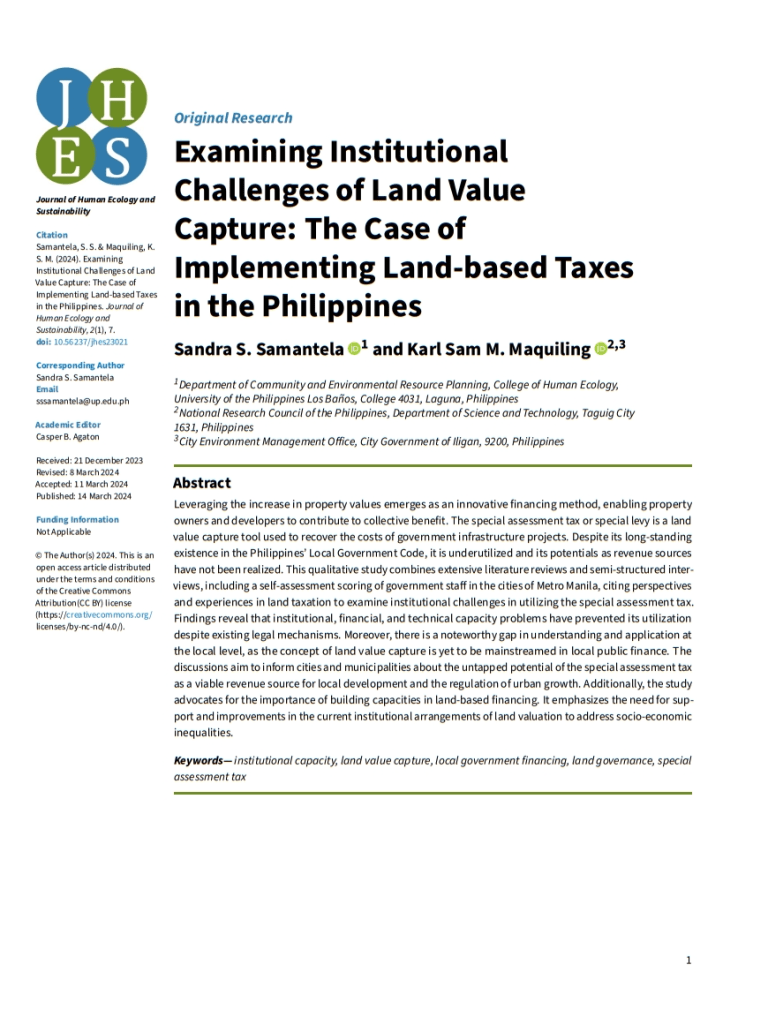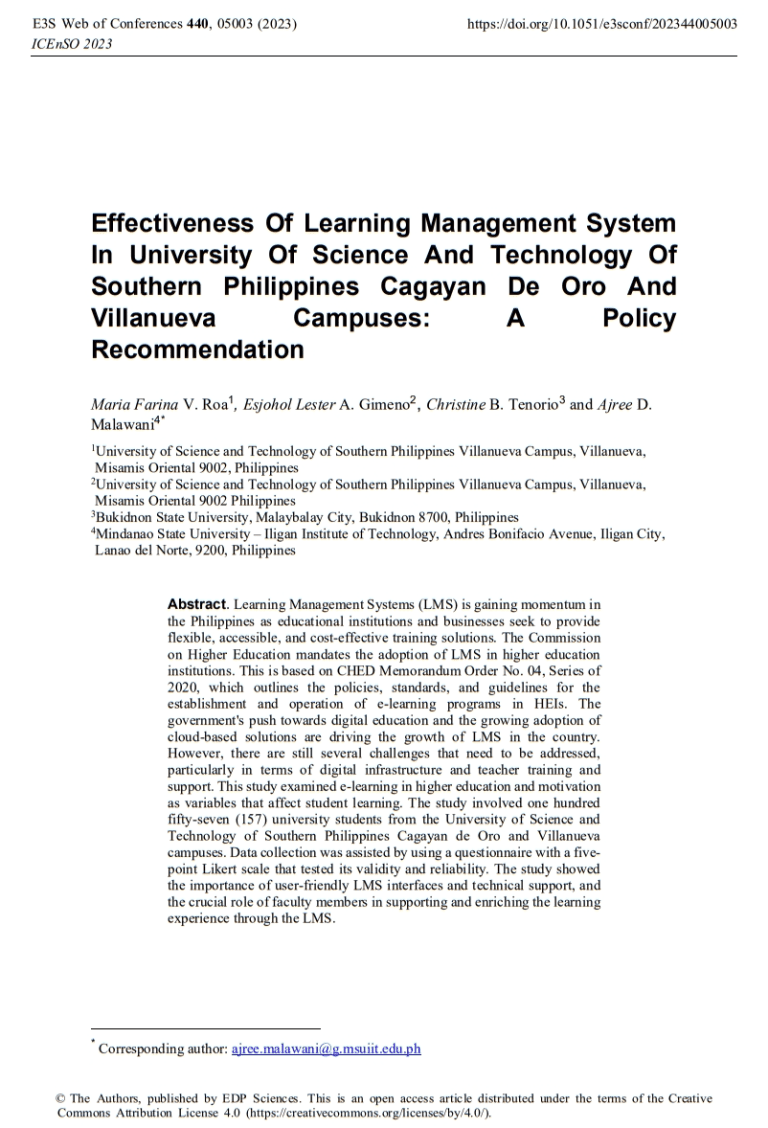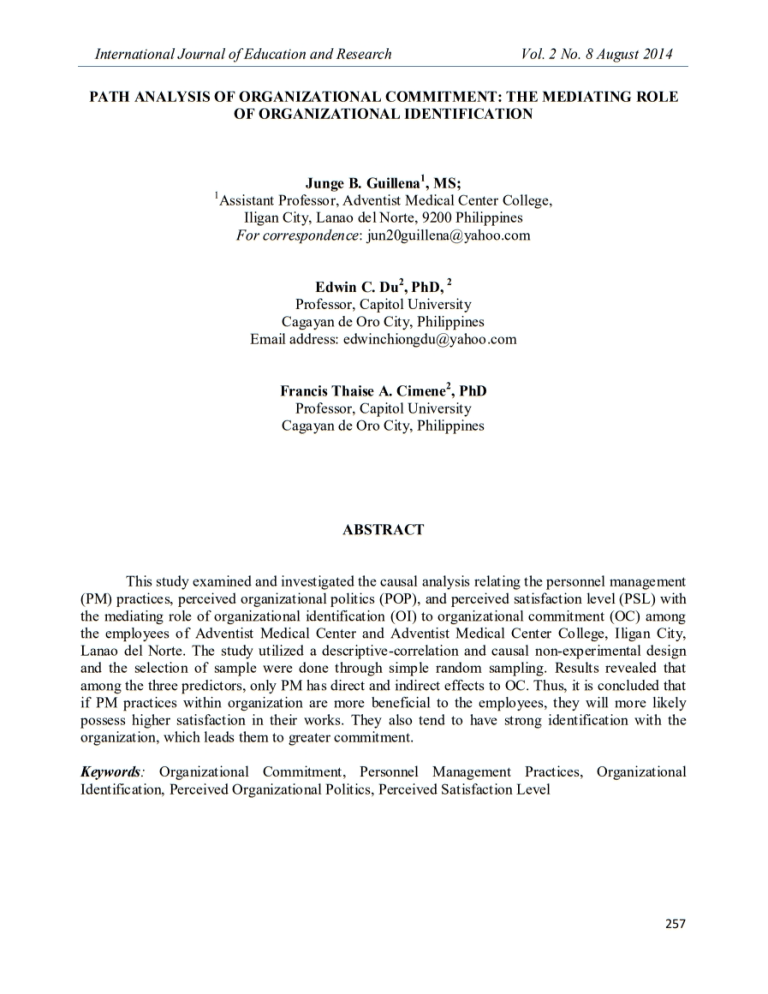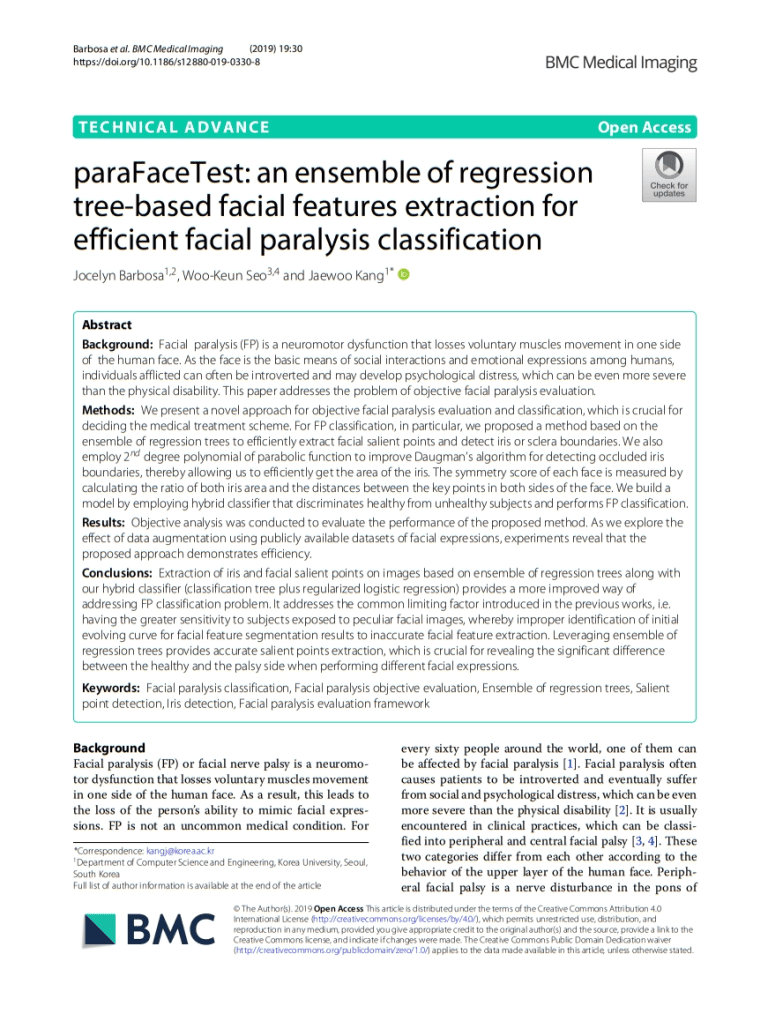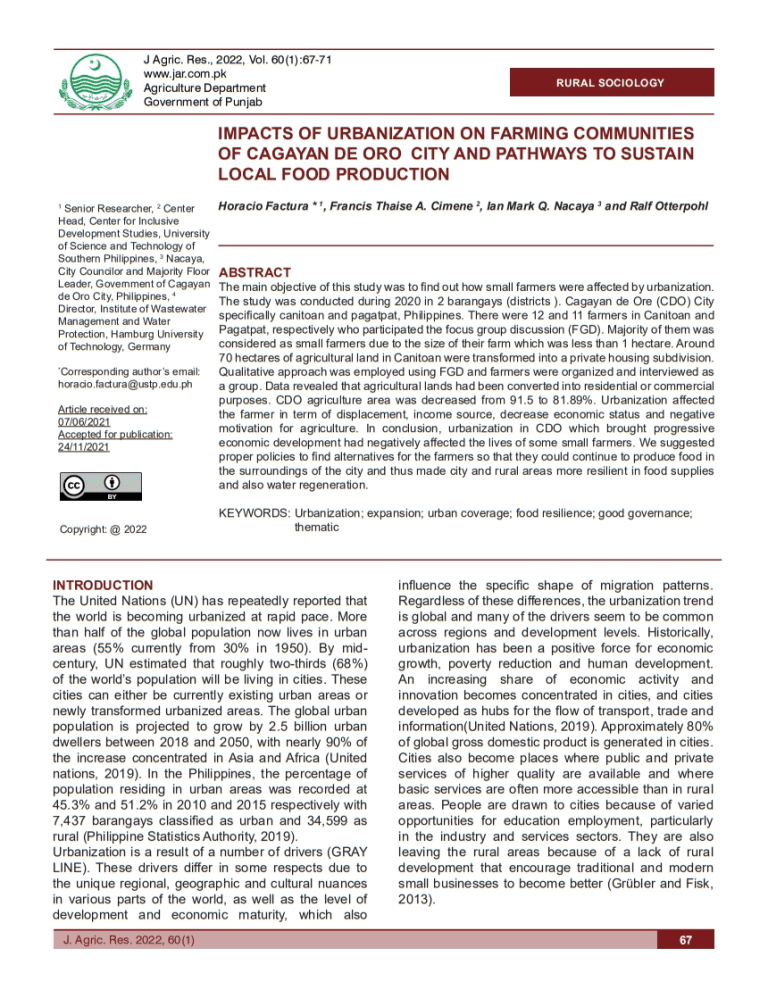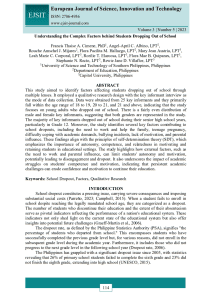

Published: Nov 01, 2023 | Updated: Jun 05, 2024
Understanding the Complex Factors behind Students Dropping Out of School
Authors: Dr. Francis Thaise Angel-April C. Albino, Rouche Amschel J. Mijares, Flora Pacilita M. Hallazgo, Mary Jean Austria, Leah Marie C. Corporal, Rorilie T. Elarcosa, Flora Mae B. Quipanes, Stephanie N. Recto and Rewie Jane D. Villaflor Factors, Qualitative Research, School DropoutAbstract
This study aimed to identify factors affecting students dropping out of school through multiple lenses. It employed a qualitative research design with the key informant interview as the mode of data collection. Data were obtained from 25 key informants and they primarily fall within the age range of 18 to 19, 20 to 21, and 21 and above, indicating that the study focuses on young adults who dropped out of school. There is a fairly even distribution of male and female key informants, suggesting that both genders are represented in the study. The majority of key informants dropped out of school during their senior high school years, particularly in Grade 12. Moreover, the study identifies several key factors contributing to school dropouts, including the need to work and help the family, teenage pregnancy, difficulty coping with academic demands, bullying incidents, lack of motivation, and parental influence. These findings align with the principles of self-determination theory (SDT), which emphasizes the importance of autonomy, competence, and relatedness in motivating and retaining students in educational settings. The study highlights how external factors, such as the need to work and parental influence, can limit students’ autonomy and motivation, potentially leading to disengagement and dropout. It also underscores the impact of academic struggles on students’ competence and motivation, indicating that persistent academic challenges can erode confidence and motivation to continue their education.






